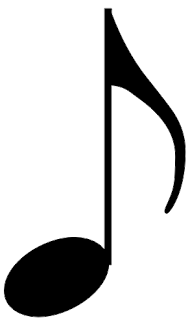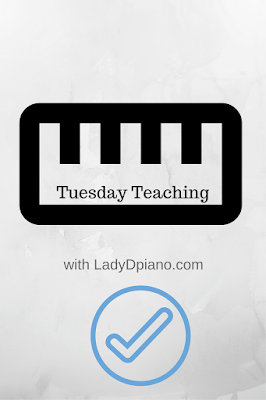Rhythm
Music is composed of pitch and rhythm. While there are finer elements that come into play later on, such as dynamics and expression, music can be made by knowing simply this: which note and how long to hold it. Without rhythm, people couldn't fully read music. For a basic understanding of note value, yYou can read a short article about Rhythm in Music.
Rhythm is music's way of setting the duration of a note. Music accomplishes this task by varying the appearance of the notes that sit on the staff. Different rhythms indicate different note lengths. To get rolling, you need to hear about an essential concept; beat. Have you ever noticed how everyone claps together in a steady pattern? Did you ever wonder how 30,000 people could possibly agree on anything? If you have been to a dance club, you may have noticed that there is always a steady drum beat or bass line, usually up-tempo, to drive the music along. Those are examples of pulse and beat in music. Rhythm is a primal element and pulse and beat are universal concepts.
Basic Rhythms
In music, changing the appearance of the notes indicates the rhythm. As you will remember, the location of the notes is fixed on the staff, which will never change. The appearance of the note varies, indicating how long that note should be held. For a more complicated look at rhythm, take a look at Syncopation-Workshop of Rhythm.
Now, let's go through all the basic musical symbols for rhythm.
Quarter Notes
A quarter note, which is signified with a filled-in black circle (also called a notehead) and a stem, is the simplest rhythm to talk about. Quarter notes receive one count; their duration is one beat.
Half Notes
The next in our series of simple rhythms is the half note. As you can see, the half note looks similar to the quarter note, except the circle is open and not filled in. Like a quarter note, it also has a single stem that points either up or down. The half note receives two counts; its duration is two beats. In relation to the quarter note, the half note is twice as long because it receives two counts.
Whole Notes
A whole note is a rhythm that receives four beats. It's twice as long as a half note and four times as long as a quarter note - count to yourself: one, two, three, four. It is represented as an open circle without a stem. The whole note is probably the single longest rhythmic value that you will come across. Whole notes are easy to spot because they are the only notes that lack a stem.
Eighth Notes
The smallest rhythm you have encountered thus far is the quarter note, which lasts for one beat. Chopping up this beat into smaller divisions allows musicians to explore faster rhythms and faster passages. Chopping the quarter note in half gives us the eighth note, which receives half of one beat.
Sixteenth Notes
The beat can be broken down even smaller for the faster note values. The next rhythm is called the sixteenth note. A sixteenth note breaks the quarter note into four equal parts and the eighth note into two equal parts.
I'll be talking about Triplets Vs. Eighth Notes next time!
Are you familiar with the Hear and Play software that keeps a steady beat? Check out, BackPocket Band Video. Learn about Back Pocket Band Software and you can order, here.
-- LadyD
"The beautiful thing about learning is that no one can take it away from you." B.B.King

































![Validate my Atom 1.0 feed [Valid Atom 1.0]](valid-atom.png)







